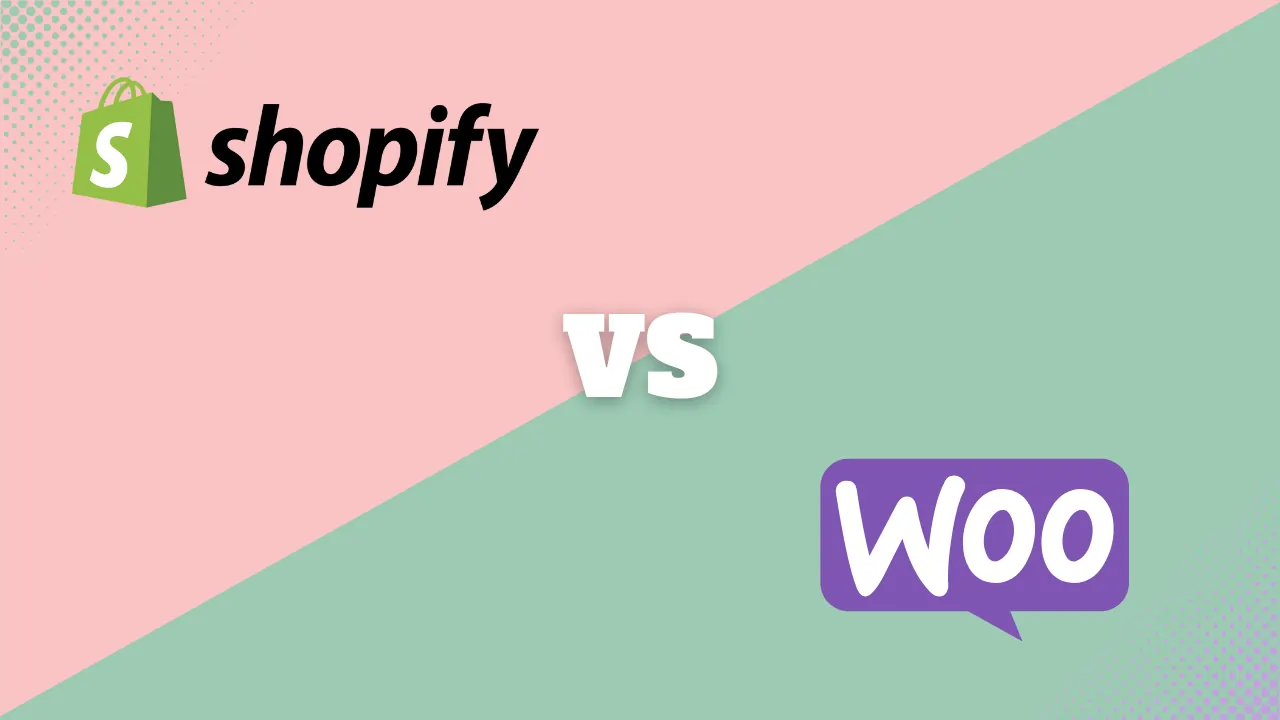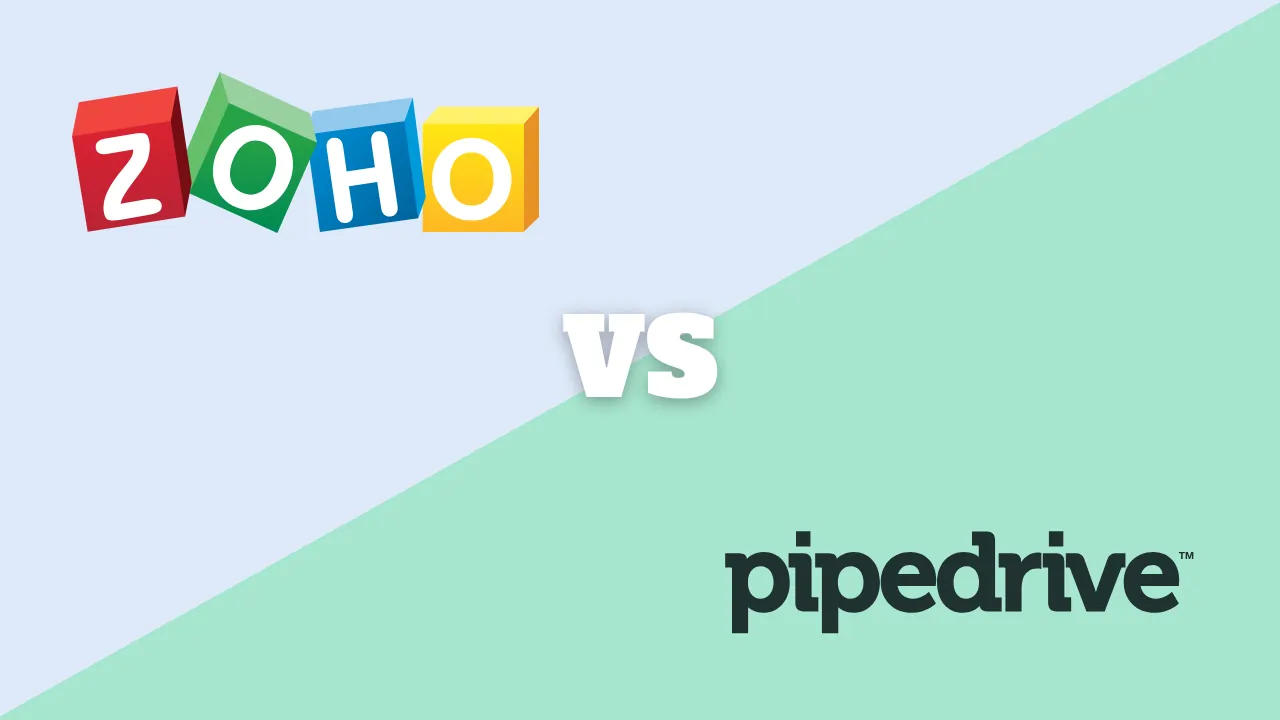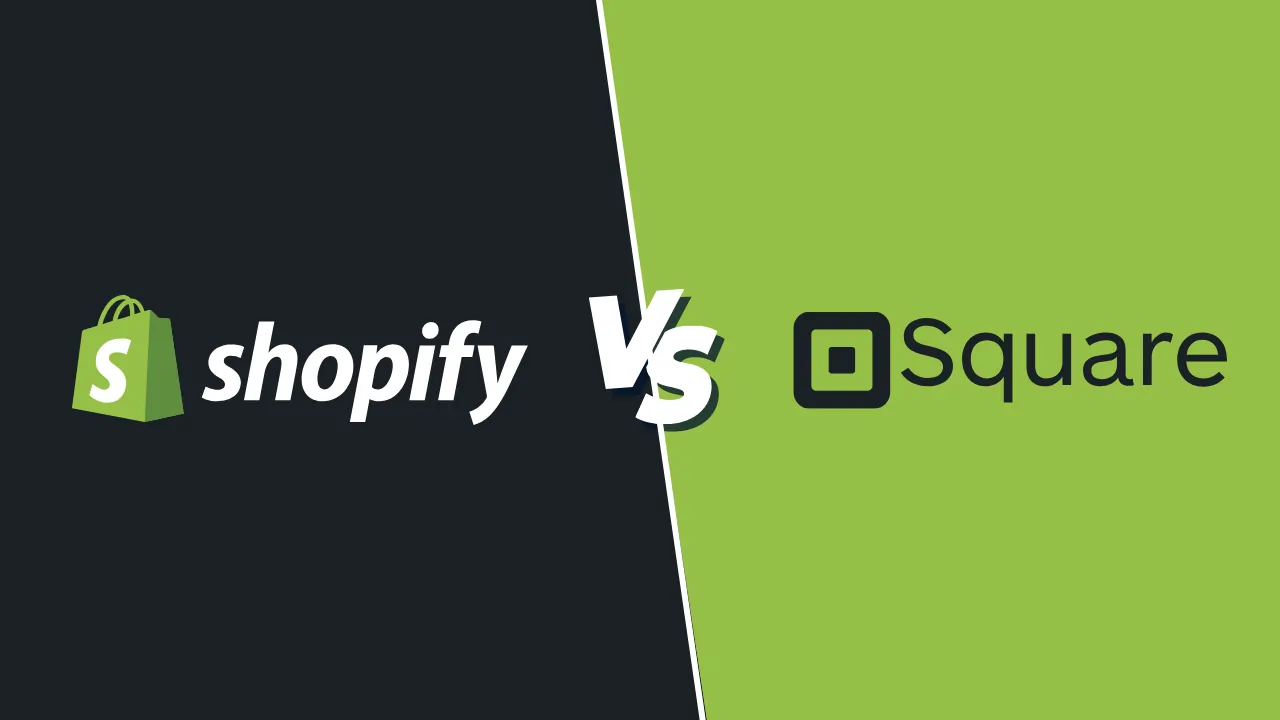Base44 vs Lovable: The Advanced Deep Dive for the Discerning SaaS Founder

The promise of the AI app builder has become reality. For Small and Medium-sized Businesses (SMBs), the question is no longer can I build a product but which platform offers the most secure, scalable, and cost-efficient path to a production-grade SaaS tool. This decision is critical, and we invite you to explore more options in our AI app builders category.
Your experience is the most valuable data point: Base44 is easier, but Lovable has the accuracy and edits for a durable product. This insight shifts the comparison from a feature checklist to a strategic evaluation of development workflow, long-term code ownership, and the hidden costs of scaling a live application. Here, we outline the key differences between the platforms to help guide your decision.
The core distinction between Base44 vs Lovable is a choice between a managed, all-in-one ecosystem optimized for speed (Base44) and a decoupled, code-first generator optimized for developer control and portability (Lovable). Lovable focuses on flexibility and integration with external services for backend and AI platforms. Both are powerful no-code software builders in their initial phase, but they diverge dramatically when you move from MVP to a sustained, revenue-generating product.

Free
Pros
- Live deployment, not just prototypes
- Full-stack app logic, roles, and data
- Clear, fast AI-powered builder
Cons
- No mobile app output yet (web only)
- Learning curve if you’re new to workflows or database logic

Free
Pros
- Anyone can build real software-no dev skills needed
- Clean, responsive design by default
- Element-based editing is intuitive
Cons
- Not a full enterprise-grade solution (yet)
- AI can lose context during complex edits
TL;DR: Base44 vs Lovable AI App Builders Comparison
Both Base44 and Lovable are modern AI-powered app builders that enable users to create an AI-powered app from user prompts.
| Feature | Base44 (The Speed Champion) | Lovable (The Code Quality Champion) | Best For |
| Primary Goal | Fastest Time-to-Market (MVP to Live App in minutes). | Code Accuracy & Control (Production-ready, exportable code). | Base44 for non-technical founders; Lovable for technical teams/high-growth SaaS. |
| Editing Paradigm | Vibe Coding via Builder Chat; visual edits often consume credits. | Vibe Coding + Code Mode; Visual edits are often credit-free. | Lovable for extensive design iteration and deep customization. |
| Backend Model | Integrated & Managed (DB, Auth, APIs all hosted by the platform). | Decoupled/Lovable Cloud (Uses open-source foundations like Supabase). | Base44 for zero DevOps; Lovable for full database ownership. |
| Scaling Cost | Based on Integration Credits (Consumed by user actions on the live app). | Based on Development Credits (Consumed by developer prompts); Live app cost is external. | Lovable for cost-effective team development; Base44 for all-in-one usage billing. |
| Vendor Lock-in | High (Proprietary backend logic). | Low (Full Code Ownership via bi-directional GitHub Sync). | Lovable for long-term business security. |
Tool Overview: Base44 and Lovable Explained
For a clear understanding of the base44 vs lovable comparison, it is essential to first understand what each tool does, its core functionality, its limitations, and the specific pain point it is designed to solve for an SMB.
Additionally, consider whether either platform provides sample data during setup, as this feature can help users quickly understand and test their app without needing pre-existing data.
Base44 Overview
Base44 is an AI-powered no-code software builder designed for unparalleled speed and simplicity. It provides an all-in-one environment where the entire application—frontend, backend, and hosting—is managed automatically. Base44 also features built-in AI capabilities, allowing users to launch AI-powered applications seamlessly without the need for external integrations. Additionally, the platform offers a live preview feature, enabling users to view updates to their applications as they develop instantly.
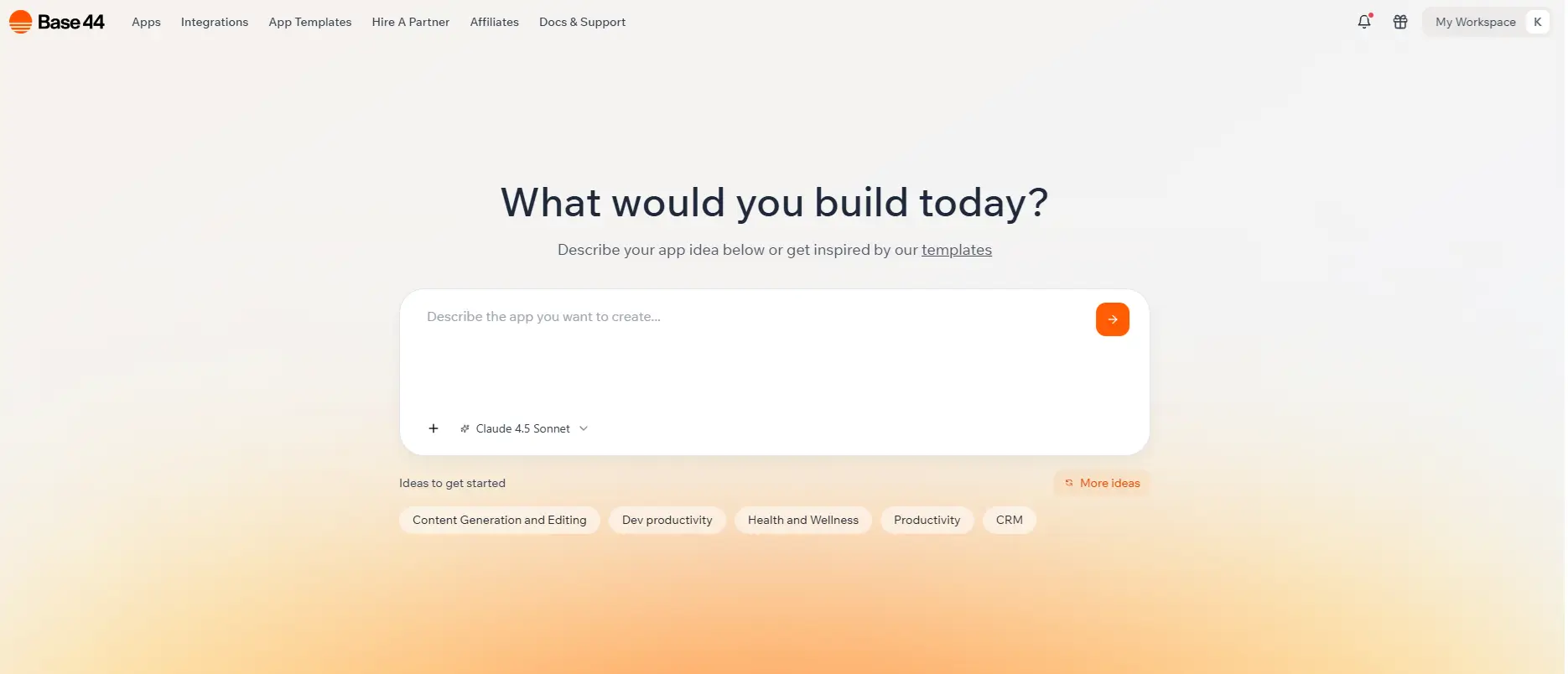
What it Does (Simple Explanation):
Imagine you tell a robot architect, “Build me a simple customer portal to track feedback, with a login screen and a way to submit ratings.” Base44 does this in minutes, using chat-based interaction with the AI. It’s a complete, hosted solution where you simply interact with the AI, and it handles all the technical details instantly, allowing you to share a live link right away. For example, Base44 can quickly generate client portals and customer portals as part of its capabilities.
Pros (Why SMBs Choose Base44):
-
Extreme Speed (MVP to Live): Fastest platform on the market; an application can be live and functional in minutes.
-
Zero DevOps: Built-in hosting, database management, and user authentication require no configuration.
-
Ease of Use: Pure no-code experience driven by the Builder Chat, making it accessible to non-technical founders and product managers.
-
Predictable Usage Cost: The Integration Credit system makes the operational cost of the live app predictable within its tiers.
Cons (Limitations):
-
Limited Customization: Struggles with complex, highly specific business logic or niche, external API integrations that go beyond the built-in connectors.
-
High Vendor Lock-in: The proprietary backend logic, database, and authentication system are locked into the Base44 ecosystem, making migration extremely difficult.
-
Per-Seat Pricing: Development costs multiply with the number of collaborators, making it expensive for larger teams.
Pricing Model and Constraints:
-
Model: Tiered Credits System. Users pay per-seat for access, and consume Message Credits (for building/editing) and Integration Credits (for live app user actions).
-
Key Constraint: Running out of Integration Credits will throttle or pause the live application, requiring an upgrade or manual top-up, which is the primary limitation for scaling high-traffic apps.
When comparing pricing models, Base44 uses a credit based pricing model, while Lovable uses a different approach. Understanding and comparing these pricing models is important for choosing the best fit for your needs.

Features
Writing Features
Available on
Pros & Cons
Pros
Cons
Lovable Overview
Lovable is an AI-powered code generator that uses vibe coding to produce highly accurate, production-grade source code built on open standards like React and Supabase. Its flexible AI functionality allows integration with external AI models, giving users more options for customization and platform compatibility. Lovable also provides editable code for further customization and development.

What it Does (Simple Explanation):
Lovable can turn ideas into functional apps quickly and efficiently. It is like talking to a world-class engineering team’s “scaffolding” architect. You describe your vision (“I need a project management tool like Trello”), and it generates the actual, clean blueprint (React/TypeScript code, Supabase database setup) that a professional developer would be proud of. While it’s slightly slower than Base44, the output is ready for a human to customize endlessly.
Pros (Why SMBs Choose Lovable):
-
Full Code Ownership & Portability: Generates standard, exportable React + TypeScript code with bi-directional GitHub sync, eliminating vendor lock-in.
-
Superior Code Quality/Accuracy: Focuses on clean, modern architecture, resulting in highly accurate code that minimizes technical debt.
-
Cost-Effective Team Collaboration: Pricing is often fixed per workspace/team, not per-seat, making it highly cost-efficient for collaborative development.
-
Granular Editing: Developers can jump into Code Mode for unlimited customization, and visual edits typically do not consume message credits.
Cons (Limitations):
-
Higher Technical Barrier: While no coding is required, maximum utility requires familiarity with code principles (React, API logic) or an in-house developer.
-
Decoupled Backend: Requires manual integration with external services (like Vercel and Supabase) if not using the new Lovable Cloud, adding setup complexity.
-
Less “All-in-One”: You manage your live app costs (hosting, database usage) across multiple providers, which is complex for true beginners.
Pricing Model and Constraints:
-
Model: Fixed-Rate Development/External Operational Cost. Users pay a fixed monthly fee for unlimited collaborators sharing a pool of Message Credits (for building/editing).
-
Key Constraint: The cost of scaling the live app is managed externally (e.g., Supabase or Vercel billing), which requires separate budgeting and management.
For a deeper look at either tool, read our full Base44 review and Lovable review.

This isn’t just about dragging and dropping UI blocks. Lovable lets you define your data structure, automate workflows, set up user roles and authentication, connect third-party services, and go live with custom domains inside one clean interface. And while it does use AI to accelerate the process, you're always in control of the results.
Features
Writing Features
Available on
Pros & Cons
Pros
Cons
The Core Difference: Ease vs. Control
The foundation of both tools is vibe coding. In this emerging development practice, the user instructs the AI assistant through natural language prompts, focusing on the desired outcome or vibe rather than writing code line by line. Many platforms now incorporate AI co-builder features that enhance workflow automation, allowing users to integrate AI-driven tools for tasks like summarization, API calls, or data analysis directly within the app-building environment.
Ultimately, both platforms aim to deliver production-ready apps that are fully functional, scalable, and suitable for long-term business deployment.
Base44: The All-in-One AI Automation Engine (Ease and Speed)
Base44, now part of the Wix ecosystem, embodies the pure no-code software builder philosophy. It enables users to quickly generate working apps, aiming to be the fastest, easiest way to get a full-stack application live.
1. Workflow and Ease of Use
-
Vibe Coding Interface: The primary interaction is the Builder Chat. The user prompts the AI to modify layouts, rename fields, or add logic using natural language. This requires minimal technical understanding, and Base44 supports integration with Google Sheets for managing data, making it easy to sync and organize information from external sources.
-
Time-to-Market: Base44 is lauded for its industry-leading build time, often generating a complete, functional app (UI, DB, Auth) in as little as 6 minutes. This speed is the platform’s major selling point for founders prioritizing rapid product validation.
-
Automatic Correction: A significant feature is the automatic error correction. The platform handles React hooks dependency errors or misconfigurations behind the scenes, offering a “zero-overhead” development experience for non-technical users.
2. Code Accuracy and Editability
-
Functional JavaScript Output: Base44 generates functional JavaScript code that runs within its managed runtime. It produces AI powered apps for rapid deployment, though the output is functional but less structurally sophisticated than Lovable’s TypeScript output.
-
Consistency Risk: The downside of the fully-automated vibe coding model is the potential for edit inconsistencies. Since the AI controls the entire configuration, asking it to change one feature might inadvertently cause issues in a related component. This is the sacrifice made for speed and simplicity—you trade granular control for rapid deployment.
-
Editing Mechanism: Edits are made primarily via the Builder Chat (consuming credits) or a visual point-and-click editor for basic styling.
Lovable: The Production-Grade Code Consultant (Accuracy and Control)
Lovable positions itself as a developer-centric tool that offers the speed of AI generation while demanding open standards and full code ownership.
Lovable also supports custom development for scaling and refining applications as they move from prototype to production.
1. Workflow and Accuracy
-
Consultative Vibe Coding: Lovable’s AI workflow is more methodical and consultative. Before generating code, it often asks clarifying questions and references architectural patterns (e.g., asking if a project tracker should be modeled after FreshBooks or Harvest). This deeper initial understanding contributes directly to the superior code accuracy you have observed.
-
Output Quality: Lovable generates clean, production-grade React and TypeScript code with modern component separation and tooling. This output is ready for immediate professional development and audit.
-
AI Model Strategy: Lovable employs a multi-model selection strategy (e.g., Gemini 2.5 Flash, GPT-5, Gemini Pro) that is fine-tuned for code generation quality and structural integrity, prioritizing quality over raw speed (typical build time is $\sim$10 minutes).
2. Granular Editability and Cost Efficiency
-
Granular Editing: The platform supports both visual editing and a full Code Mode (on paid plans) where developers can directly manipulate the generated TypeScript. This is the source of its superior editability and ability to handle complex, bespoke requirements.
-
Credit-Free Design Iteration: A critical advantage for design iteration is that visual edits (colors, spacing, component layout) do not consume message credits. This allows product managers and designers to refine the look and feel infinitely without impacting the budget, making the design loop highly efficient.
Pricing, Credits, and the True Cost of Scaling a SaaS Tool
For an SMB creating a SaaS tool, the cost of scaling is more important than the cost of building the prototype. The choice between Base44 and Lovable is a trade-off between predictable, all-in-one usage billing (Base44) and cost-effective team development with external scaling control (Lovable).
Base44 Pricing: Tiered Credits for Managed Scaling
Base44 utilizes a Tiered Credit System tied to a per-seat subscription model. This system aims to provide predictable scaling costs for businesses that prioritize minimal technical overhead.
Key Pricing Differentiators:
-
Dual Credit System: Base44 divides its costs into two distinct credit types:
-
Message Credits (Development Cost): Consumed by the developer when they interact with the AI chat to build, edit, or refine the app.
-
Integration Credits (Operational Cost): Consumed by the end-user when the live app takes an action that requires a backend service (e.g., database query, user authentication, calling an LLM, file upload, or external API call).
-
-
Per-Seat Model: All paid plans (Starter, Builder, Pro, Elite) are structured with a cost applied per user/seat, meaning team development costs multiply with the number of collaborators.
| Base44 Plan (Billed Annually) | Price/Month | Message Credits (Development) | Integration Credits (Live App) | Key Features for SaaS |
| Free | $0 | 25/month | 100/month | Core Features, Authentication, Database functionality, Analytics. |
| Starter | $16$ | 100/month | 2,000/month | Unlimited Apps, In-app code edits. |
| Builder | $40$ | 250/month | 10,000/month | Custom Domain, GitHub Integration (one-way export), Backend Functions. |
| Pro | $80$ | 500/month | 20,000/month | Premium Support, Early Access to Beta Features. |
| Elite | $160$ | 1,200/month | 50,000/month | Dedicated Support, Enhanced Resources (ideal for high-throughput apps). |
Limitations & Cost Traps:
-
Integration Credit Limits: For a high-traffic or highly interactive live application, the Integration Credit limit is the bottleneck. Reaching this limit means the app’s user actions will be paused until the next billing cycle or an upgrade is purchased, posing a significant risk for a live SaaS tool.
-
Team Cost Multiplier: The per-seat pricing model is expensive for collaborative teams. For example, three developers on the Builder plan would cost $\sim\$120$ per month, compared to a single team subscription on Lovable.
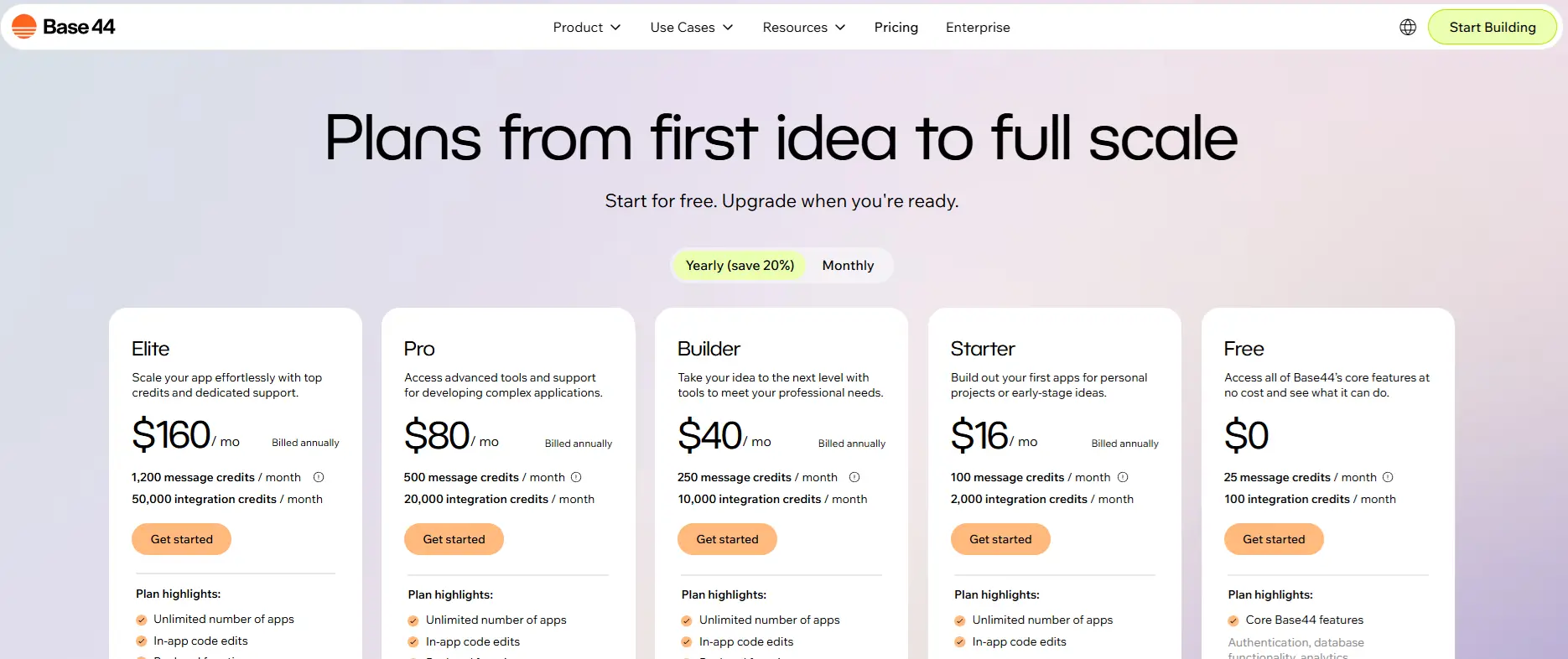
Lovable Pricing: Fixed-Rate Development for Team Efficiency
Lovable’s model shifts the risk and control of operational scaling to the SMB’s chosen cloud provider.
Lovable employs a simplified, team-centric model where the cost is focused primarily on the development environment and collaboration, decoupling it from live app usage costs.
Key Pricing Differentiators:
-
Shared Subscription Model: Lovable’s paid plans are generally structured as a single subscription shared across unlimited users/collaborators. This makes it extremely cost-efficient for any growing team.
-
Value-Based Message Credits: Credits are primarily consumed by the developer during the creation and refinement process. Lovable uses a value-based system where complex tasks (like adding authentication logic) consume more credits than simple tasks (like changing a button style), ensuring you pay based on the technical effort required. Crucially, visual edits often do not consume credits.
-
Externalized Live App Cost: Lovable does not charge based on live app usage (database queries, network traffic). These costs are managed by the external hosting and backend services (e.g., Supabase, Vercel) that the developer connects to, offering the SMB granular control over cloud spending.
| Lovable Plan (Billed Annually) | Price/Month | Message Credits (Development) | Team Access & Features |
| Free | $0 | $\approx$30/month (5 daily limit) | Unlimited Public Projects, Unlimited Collaborators, GitHub Sync. |
| Pro | $\sim\$25$ | 100/month | Unlimited Private Projects, Custom Domains, Remove Branding, Unlimited Shared Users. |
| Business | $\sim\$50$ | 100/month | SSO (Single Sign-On), Internal Publish, Opt-out of Data Training. |
| Enterprise | Custom | Negotiable | Dedicated Support, Custom Design Systems, Group-based Access Control. |
Limitations & Cost Traps:
-
Credit Reset: If you are highly iterative in the development phase, the fixed number of monthly credits (e.g., 100 on the Pro plan) may require purchasing booster packs or waiting for the next cycle.
-
Initial Pricing Jump: Lovable forces a more significant price jump from the limited Free plan directly to the Pro tier ($\sim\$25$/month).
-
External Costs: While favorable for scalability, the cost of the live application requires separate budgeting and management for external services like Supabase or Vercel.
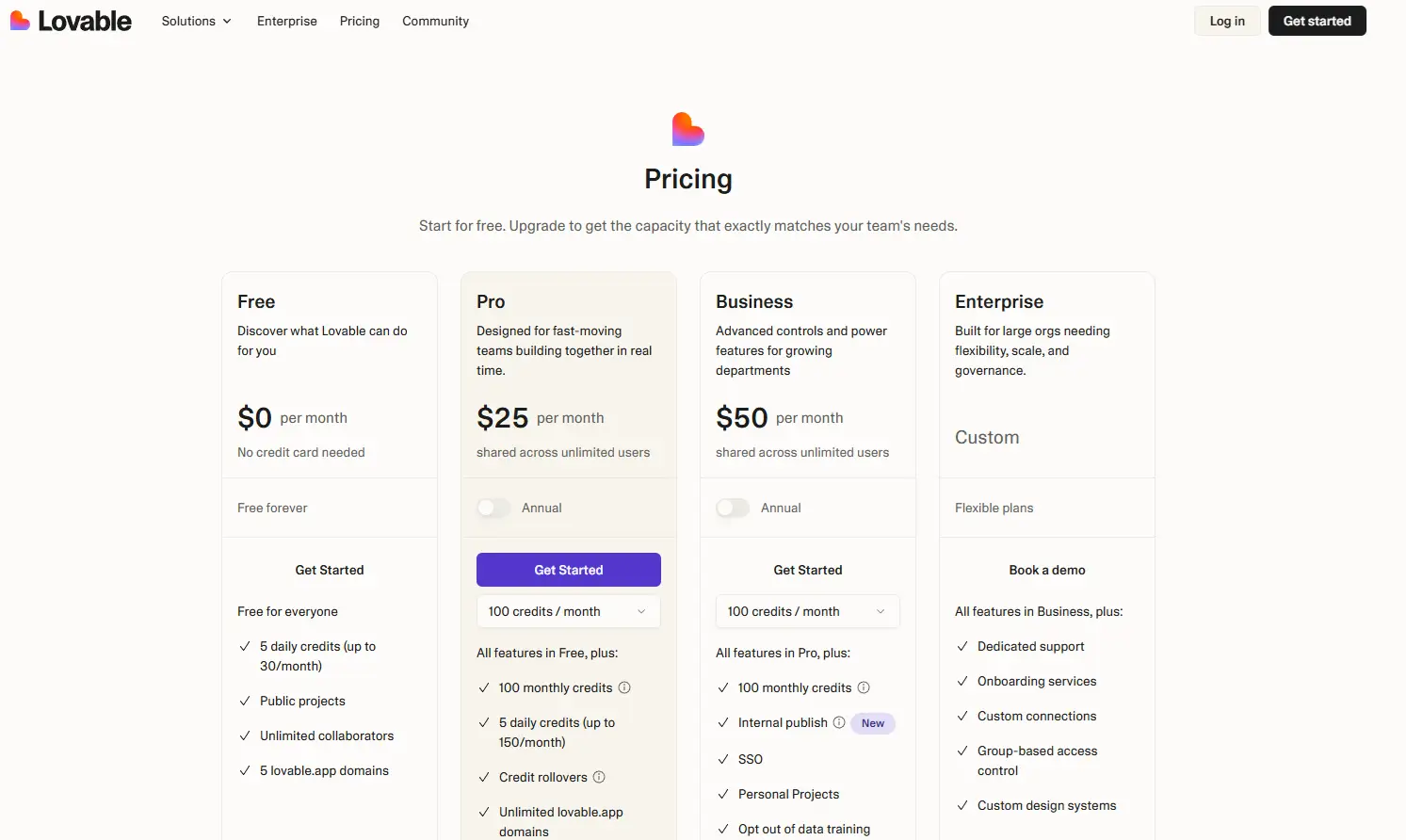
Code Ownership, Backend Integration, Control, and Vendor Lock-in
This is the ultimate strategic determinant in the Base44 vs. Lovable comparison for a long-term SaaS tool.
| Feature Category | Base44 (Managed/Closed) | Lovable (Decoupled/Open) | Long-Term SaaS Implication |
| Backend Logic | Proprietary. Handled by Base44’s server-side functions. | Open Standard. Logic is in generated TypeScript code or Supabase serverless functions. | Lovable logic is auditable and fully customizable; Base44 logic must be rebuilt if migrating. |
| Data Ownership | Data is stored in the Base44 managed database. | Data storage is managed by Supabase (PostgreSQL), allowing external and scalable data management. | Lovable allows direct SQL access and easier data export/migration; Base44 requires platform-specific export tools. |
| Integration Method | Built-in Connectors (low-code). | Code-Level Integration (via generated API calls). | Base44 is fast for common services; Lovable is required for niche/complex/internal APIs. |
| GitHub Sync | One-way Export (Frontend Code Only). | Bi-directional Sync (Full-Stack Code). | Lovable’s bi-directional sync facilitates true collaboration between AI and human developers. |
Creating a SaaS tool requires a robust, scalable, and secure backend. The architectural choices of these platforms determine the long-term viability of your product.
Base44: Managed Backend and Ecosystem Integrations
-
Backend Philosophy: Integrated and Proprietary. The platform automatically provisions the database, user authentication (Auth), and API endpoints, all within the Wix/Base44 managed infrastructure. This simplifies management (zero DevOps) but severely limits portability.
-
SaaS Feature Integration: Base44 relies on a curated list of built-in, low-code connectors for services like Stripe, Mailchimp, and common payment gateways. The AI handles the webhook and workflow setup, which is incredibly fast but limited to the provided integrations.
-
The Lock-in Risk: The backend logic—the server-side functions and data structure—is inaccessible and proprietary. If your SaaS tool becomes successful and you need to migrate or seek venture capital that requires full code audit, the back-end rebuild risk is significant.
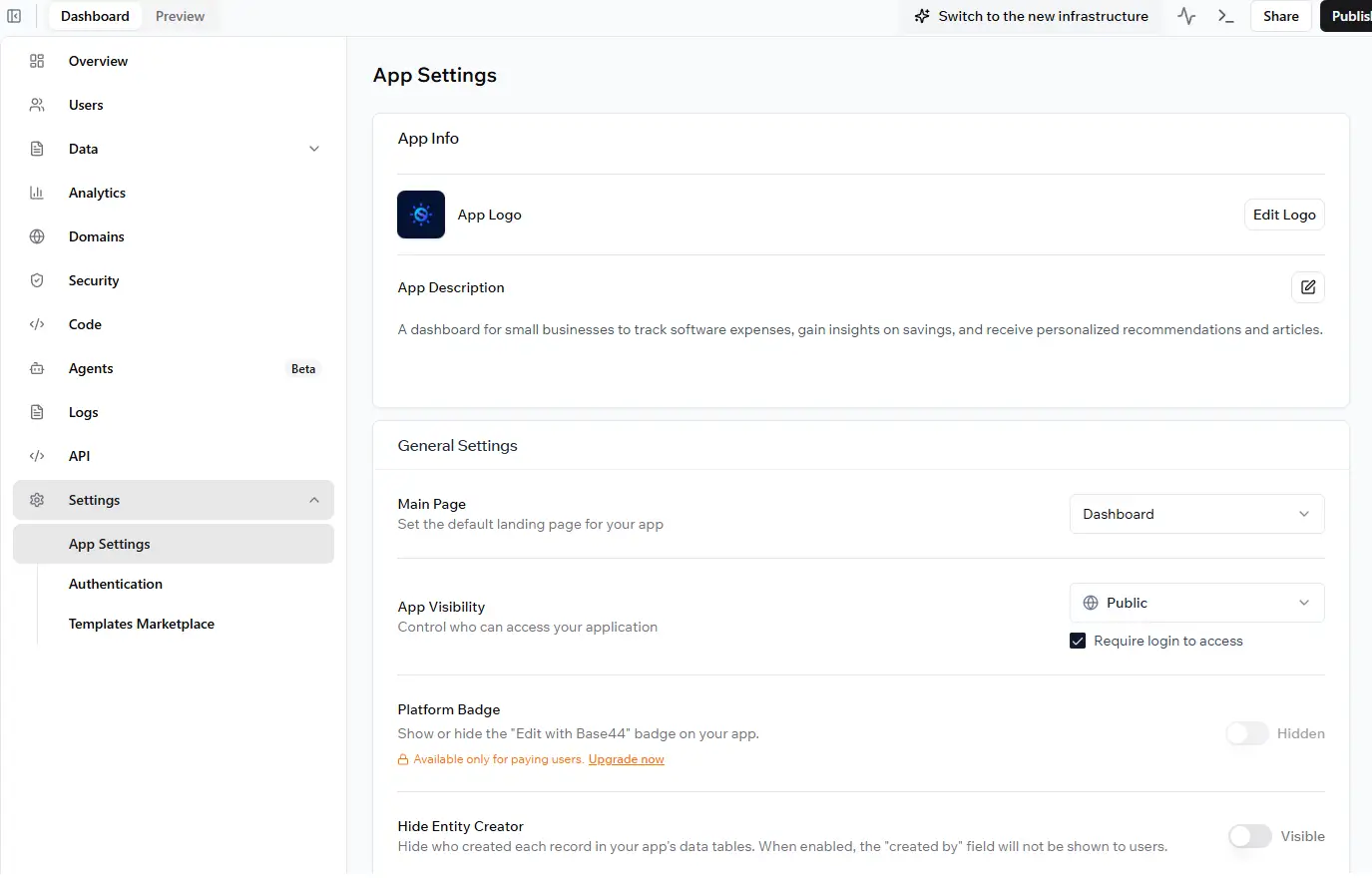
Lovable: Decoupled Backend and Code-Level Integration
-
Backend Philosophy: Decoupled and Open Standard. Lovable generates the frontend code and relies on external services like Supabase (Postgres database, Auth, Storage) or your existing APIs. The introduction of Lovable Cloud offers a managed option while preserving code ownership.
-
SaaS Feature Integration: Integration is done at the code level. Lovable generates the necessary React components and TypeScript logic to connect to virtually any API or service. This is necessary for niche, complex integrations or connecting to legacy business systems.
-
Full Portability: The bi-directional GitHub Sync is Lovable’s killer feature. It allows developers to:
-
Push Lovable-generated code to their own repository.
-
Pull changes made manually in their local IDE (or via Cursor) back into the Lovable visual editor. This continuous sync eliminates vendor lock-in and enables true collaboration between AI and human developers.
-

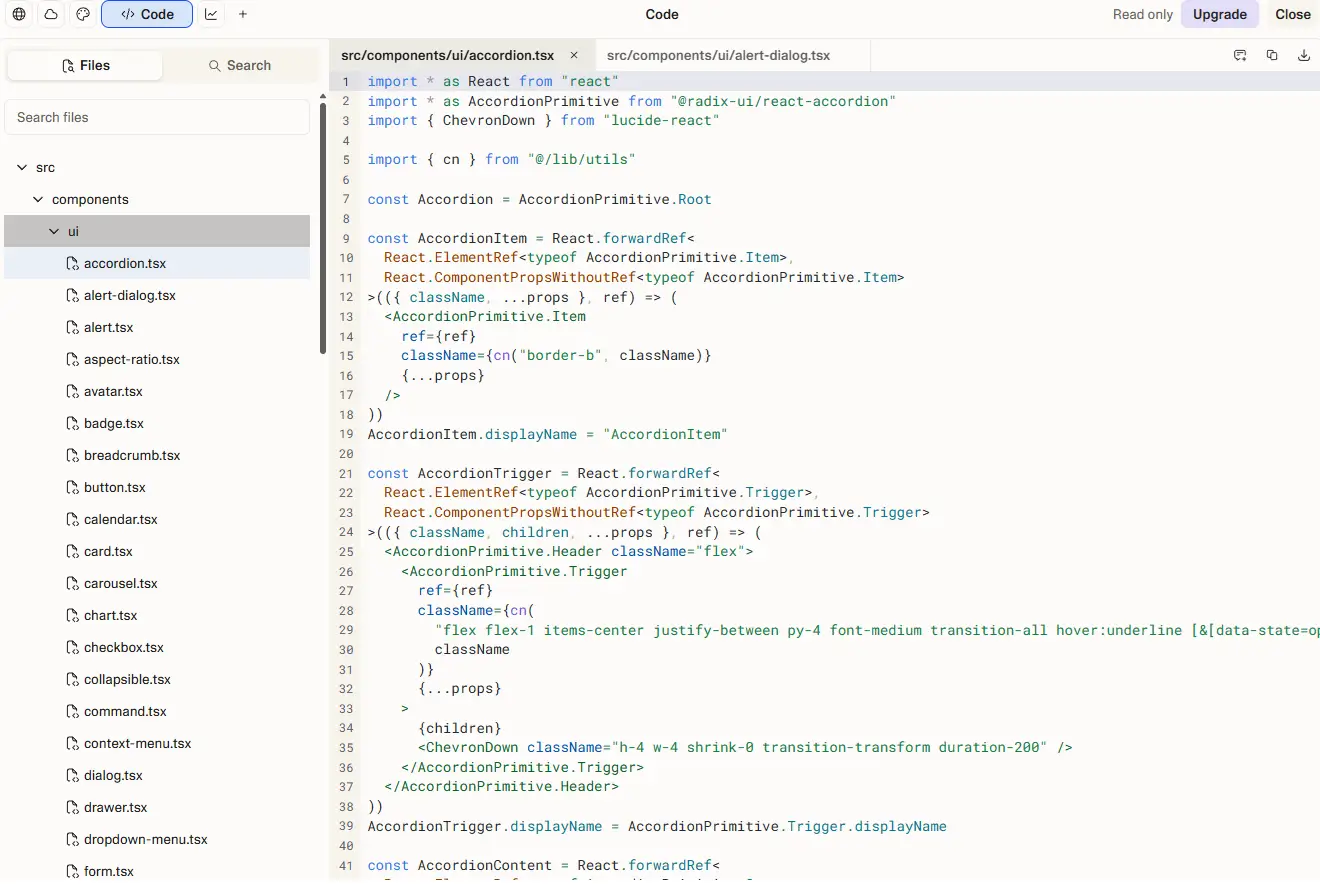
The Critical Migration Path
The greatest advantage of Lovable’s full code export is the clear migration path. If your SaaS tool hits massive scale (millions of users) and you need to move to a fully custom infrastructure (e.g., custom AWS Kubernetes cluster), you can simply take the clean React/TypeScript code from Lovable and the data from your open Supabase/Postgres backend. Additionally, Lovable supports version control, allowing you to track changes, experiment safely, and collaborate efficiently with features like rollback and integration with external systems such as GitHub, which helps maintain application stability during development.
With Base44, while the frontend is yours, the entire proprietary backend logic, data models, and workflow automation must be rebuilt from scratch on the new platform. This migration risk, especially for a successful SaaS tool, is the cost you pay for Base44’s superior ease of use and speed during the initial build phase.
Other Alternatives: Bolt AI and Cursor
The market offers tools that specialize in specific areas of the development process that complement Lovable and Base44.
Bolt AI: The Full-Stack Architectural Planner
Bolt is an AI app builder that provides a full-stack blueprint and clean, modern code, serving a highly technical user.
-
Focus: It excels at generating the entire architecture: Frontend (React + Tailwind CSS), Backend (Node.js/Express), and Database Schema (PostgreSQL/Prisma). It is essentially the technical developer’s version of Lovable, focusing on a standardized, high-quality output that is ready for a professional team.
-
SMB Fit: Best for SMBs that are technical-first (or have a developer) and want a standardized, high-quality, exportable technology stack for their final product.
Cursor: The AI IDE for Production Code Acceleration
Cursor is not a no-code software builder but an AI-powered development environment (IDE) built for accelerating existing development workflows.
-
Focus: Developer Velocity. Cursor is designed for teams that are already coding their SaaS tool. It uses AI to perform tasks like generating complex functions across multiple files, summarizing large blocks of proprietary code, and instantly fixing errors within the developer’s existing codebase.
-
SMB Fit: This is the tool for an SMB that has already launched a complex, proprietary application and is now focused on maintenance, iterative feature development, and scaling their existing developer team’s efficiency, acting as a powerful counterpart to the generated code from Lovable.
The Strategic Choice for Your SaaS Tool
The choice between Base44 vs Lovable must be viewed through the lens of your business plan: Are you prioritizing fast validation with zero overhead, or long-term growth with maximum architectural control?
| Goal/Requirement | Choose Base44 | Choose Lovable | Strategic Justification |
| Team Type | Non-Technical Founder (Solo or small team) | Technical Founder (1+ Developer) or agency | Base44 is the easiest no-code software builder; Lovable offers the best developer experience. |
| SaaS Creation Priority | Speed to get the product live and gather early revenue. | Accuracy and Editability to handle complex, bespoke business logic. | The accuracy of Lovable’s TypeScript output pays dividends in reduced technical debt. |
| Operational Scaling | Predictable Billing based on user volume (Integration Credits). | Flexible Scaling tied to external, powerful services (Supabase, Vercel). | Lovable eliminates platform-based scaling limits and is ideal for burst traffic. |
| Long-Term Risk | High Vendor Lock-in for backend logic. | Low Vendor Lock-in due to Full Code Ownership. | For any serious SaaS tool, the portability of Lovable minimizes future business risk. |
For a SaaS tool expected to scale, hire developers, and eventually integrate with complex systems, Lovable’s superior code quality, granular editing, cost-effective team pricing, and full portability make it the most strategically sound choice for a durable, long-term product. For more insights on this topic, check out our guide: How to Create Business with AI: Launch Your Dream in Days Using AI App Builders
Lovable vs Base44 FAQ
Q: Why is Lovable’s code accuracy considered higher than Base44’s, despite both using Vibe Coding?
A: Lovable’s higher accuracy stems from its methodological, code-first approach and its generated TypeScript output. Lovable’s AI often takes longer to build because it is doing a more thorough architectural review of the prompt (e.g., referencing real-world product patterns) before generating. The resulting TypeScript is strongly typed and structurally sound, making it more predictable and easier for human developers to maintain than the functional JavaScript generated by the faster Base44 engine.
Q: How does Base44’s acquisition by Wix impact the platform for SaaS creators?
A: The acquisition by Wix signals stability, massive infrastructure backing, and increased investment for Base44, which is a positive for reliability. However, it also solidifies its position within a closed ecosystem. This reinforces the benefits of Base44’s ease of use and managed backend but makes the risk of vendor lock-in—especially for the proprietary backend logic—a permanent strategic concern for serious SaaS creators.
Q: Which platform is better for an SMB building a complex internal tool (CRM, ERP)?
A: For complex internal tools requiring intricate business logic and deep integration with existing data sources, Lovable or a specialist builder like Retool or Noloco (for simpler data-based tools) is superior. Lovable’s ability to generate exportable, custom code allows the SMB to implement complex rules and connect to internal APIs that Base44’s built-in connectors may not support.
Q: Does Base44 offer bi-directional GitHub synchronization like Lovable?
A: No. Base44 offers one-way export to GitHub (on the Builder tier and above) or a ZIP file download. This provides a backup and allows developers to view and push updates manually, but it is not bi-directional. Lovable offers true bi-directional sync, which means code changes made by a developer in their local editor can be seamlessly pulled back into the Lovable visual workspace, a critical feature for professional development teams.
Q: How do the two platforms handle the costs of AI (LLM) usage in the live app?
A:
-
Base44: The cost of LLM usage (e.g., an in-app chatbot) is bundled into the Integration Credits. This means every time a user prompts the chatbot, you consume a credit, which contributes to your monthly usage tier.
-
Lovable: If the app is using a decoupled backend, the LLM usage is handled by the developer’s chosen API (e.g., calling OpenAI directly from Vercel). This cost is externalized and paid directly to the LLM provider, giving the SMB transparency and control over model choice and token usage.



